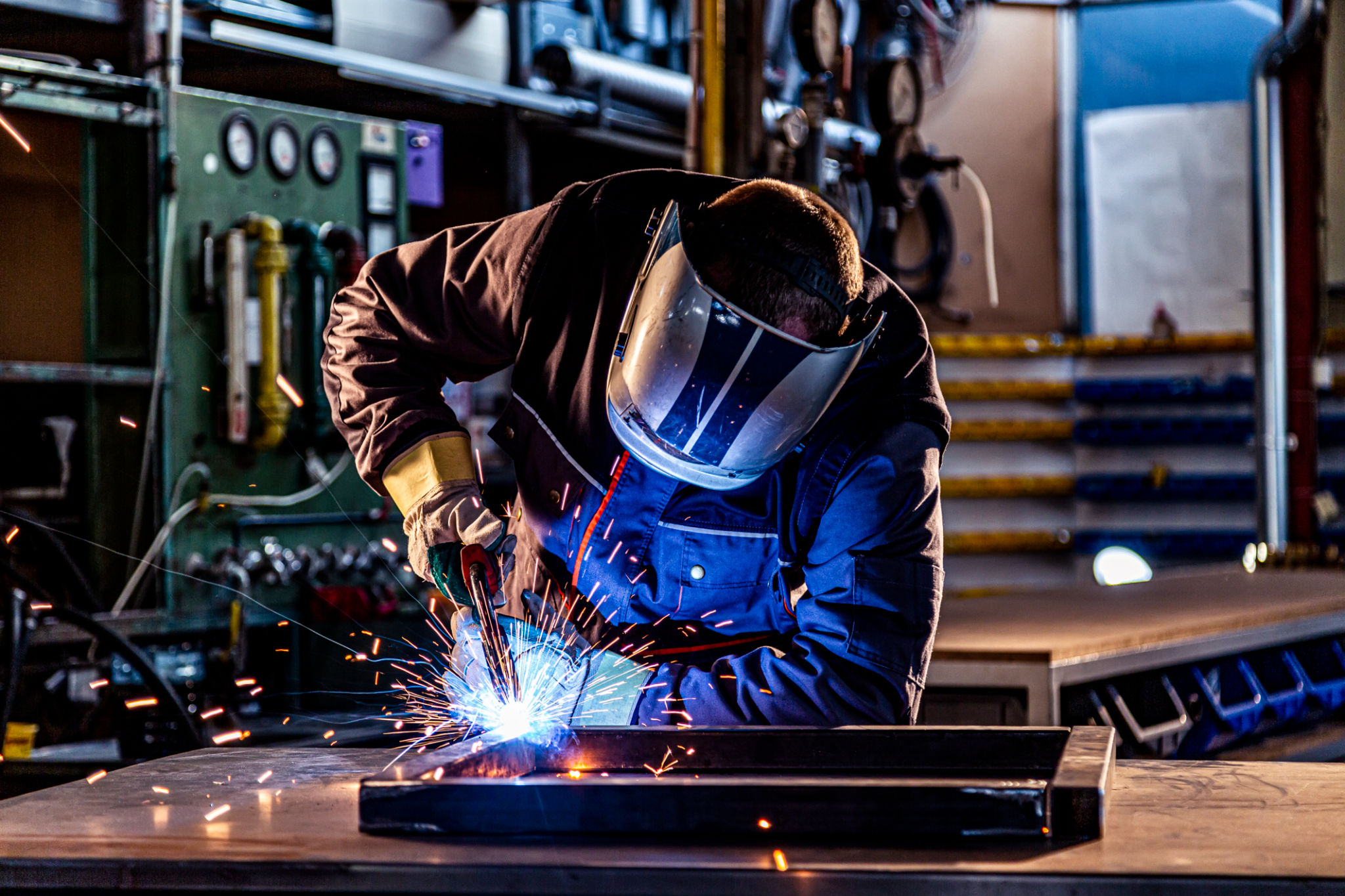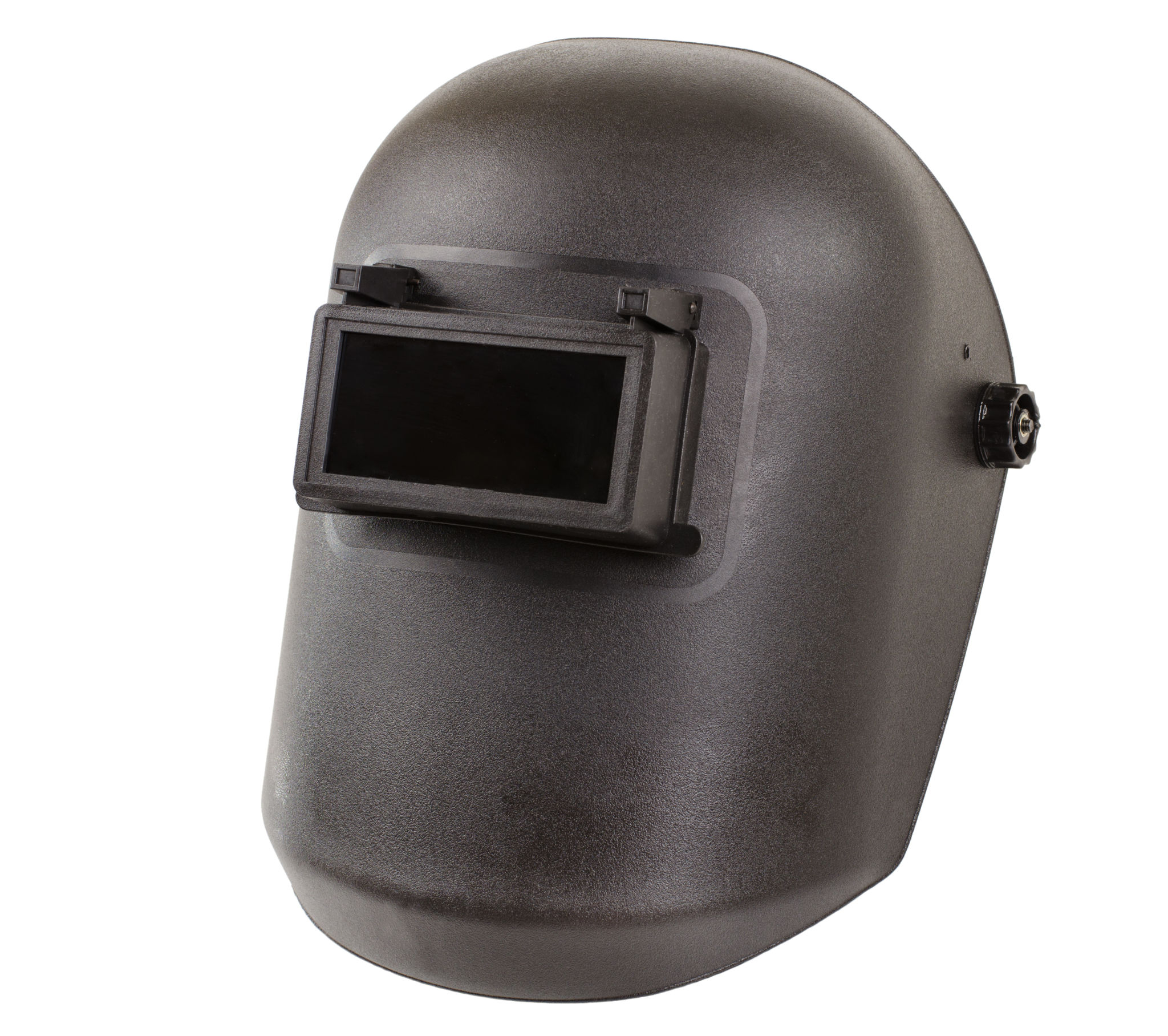Myth-Busting: Common Misconceptions About Welding Safety
Understanding Welding Safety: Debunking the Myths
Welding is a crucial process in various industries, from construction to automotive manufacturing. However, it's often surrounded by myths and misconceptions that can lead to unsafe practices. Understanding the realities of welding safety is essential for anyone involved in this field. Let's look at some common misconceptions and clarify them.

Myth 1: Only Arc Welding Requires Safety Precautions
One of the most common misconceptions is that only arc welding is dangerous and requires safety gear. While arc welding does involve high temperatures and electricity, all types of welding, including gas and resistance welding, pose risks. Protective equipment is essential for all welding methods to prevent injuries from heat, sparks, and toxic fumes.
In fact, many welding processes produce hazardous fumes and ultraviolet light that can damage your eyes and skin. Therefore, it's crucial to wear appropriate protective gear, such as helmets, gloves, and aprons, regardless of the type of welding.
Myth 2: Welding Helmets Are Optional
Some believe that welding helmets are only necessary for beginners or when using high-intensity equipment. This is a dangerous misconception. Welding helmets are essential for protecting your eyes and face from harmful radiation, flying debris, and intense light.

The latest helmets come with auto-darkening features that adjust to the arc's brightness, providing both safety and convenience. Not wearing a helmet or using inadequate protection can lead to severe eye injuries or "arc eye," a painful condition caused by exposure to ultraviolet rays.
Myth 3: Experienced Welders Don’t Need Training
Another prevalent myth is that experienced welders can skip safety training. While experience is beneficial, continuous safety training is vital for everyone in the industry. Welding technology and safety standards evolve, and staying updated helps prevent accidents.
Training programs offer valuable information on new techniques, equipment, and safety protocols. Participating in regular training sessions ensures that welders remain aware of potential hazards and how to mitigate them effectively.

Myth 4: Welding Outdoors Eliminates Fume Risks
While welding outdoors might seem safer due to increased ventilation, it doesn't eliminate the risk of harmful fume exposure. Toxic fumes are present regardless of location. Proper ventilation systems and personal protective equipment (PPE) are necessary to protect against inhaling hazardous substances.
Employers should also implement fume extraction systems and ensure that welders use respirators when working with materials that produce dangerous fumes. Outdoor welding requires attention to weather conditions, which can affect fume dispersion and increase risks.
Conclusion: Prioritizing Safety in Welding Practices
Ultimately, understanding and addressing these myths is crucial for maintaining a safe working environment in the welding industry. By prioritizing safety measures and debunking misconceptions, welders can protect themselves and their colleagues from potential hazards.
Always remember that safety should never be compromised. Whether you're a novice or a seasoned professional, adhering to established guidelines and using proper safety equipment is essential. Stay informed, stay safe, and ensure that welding practices are as secure as they are efficient.
